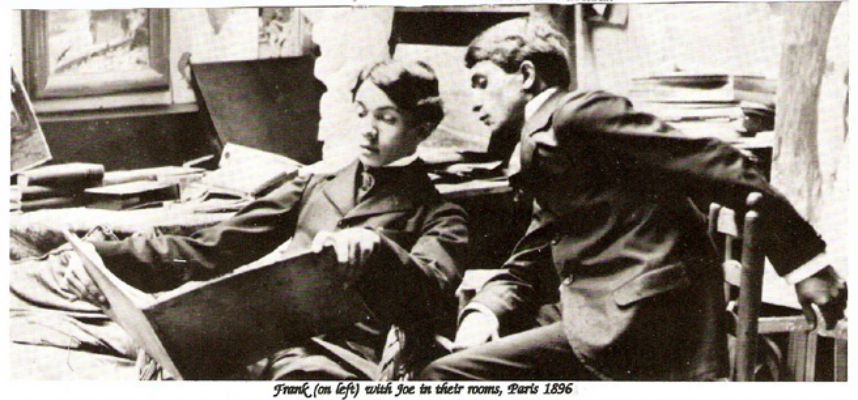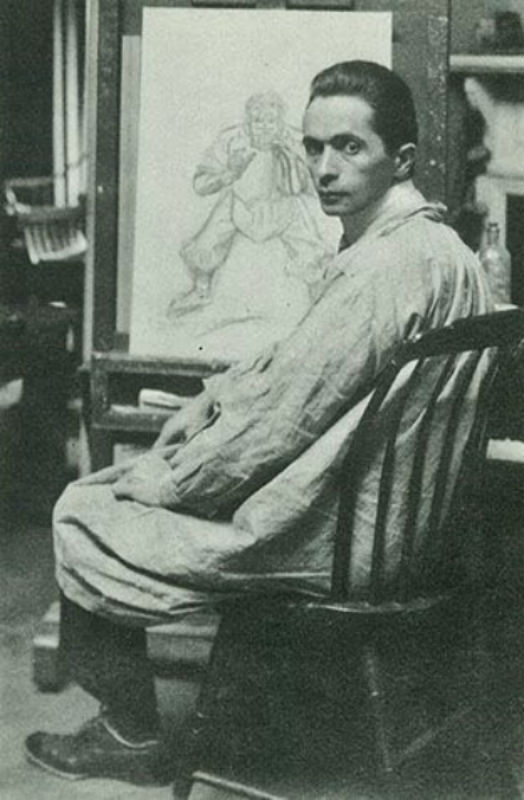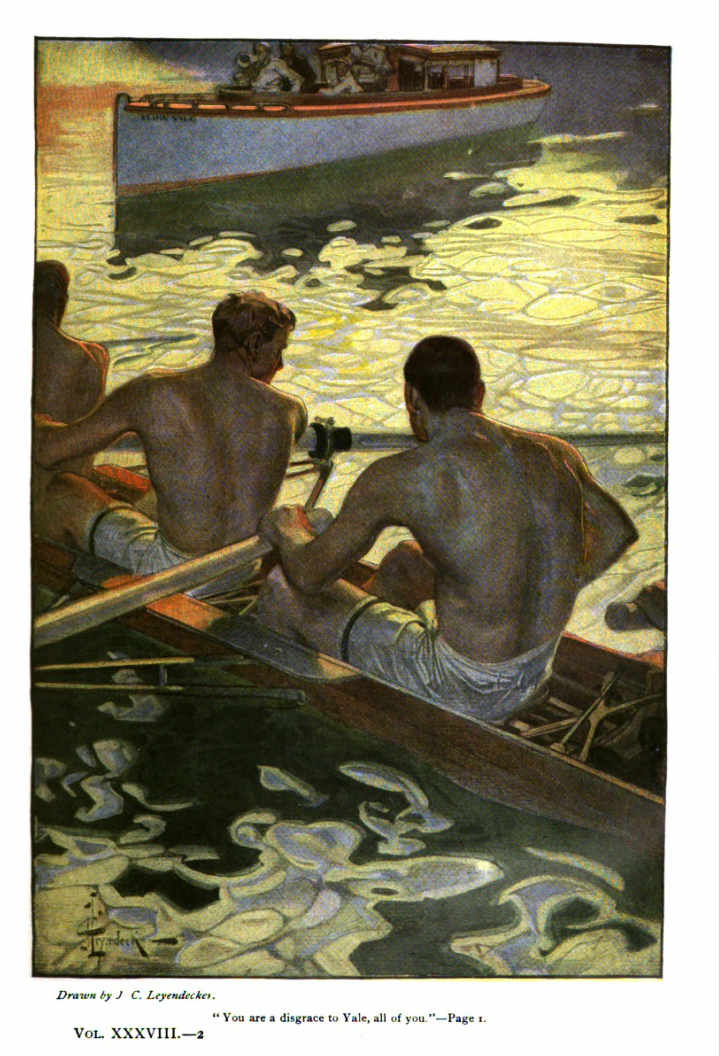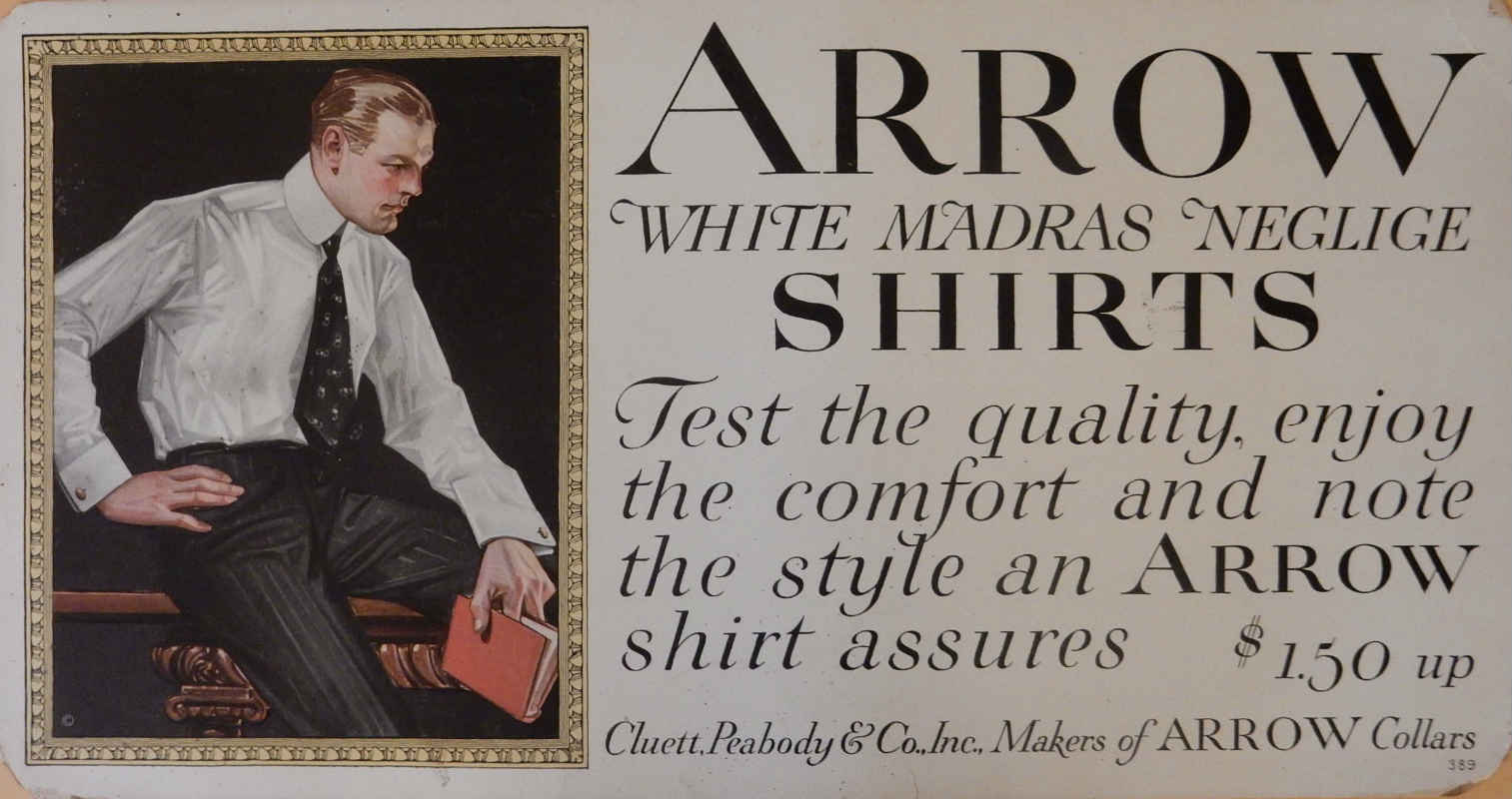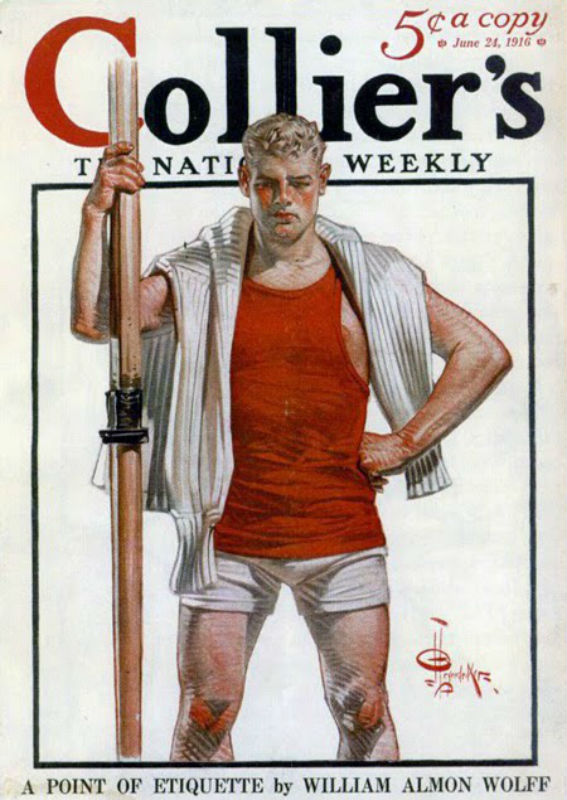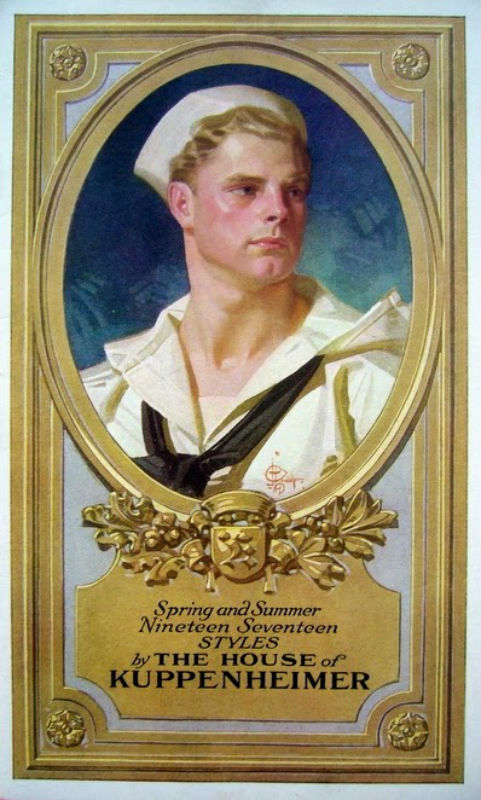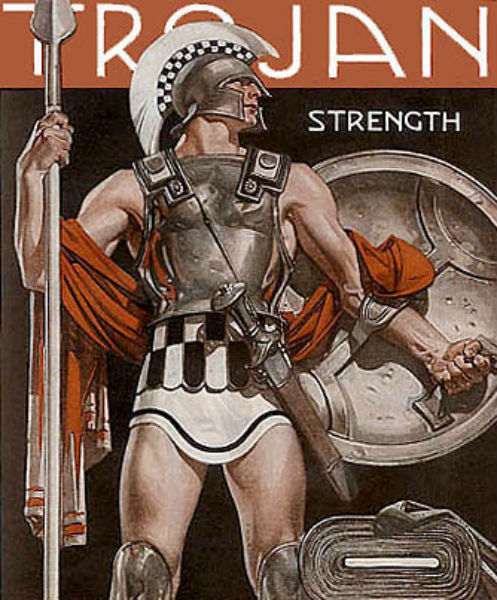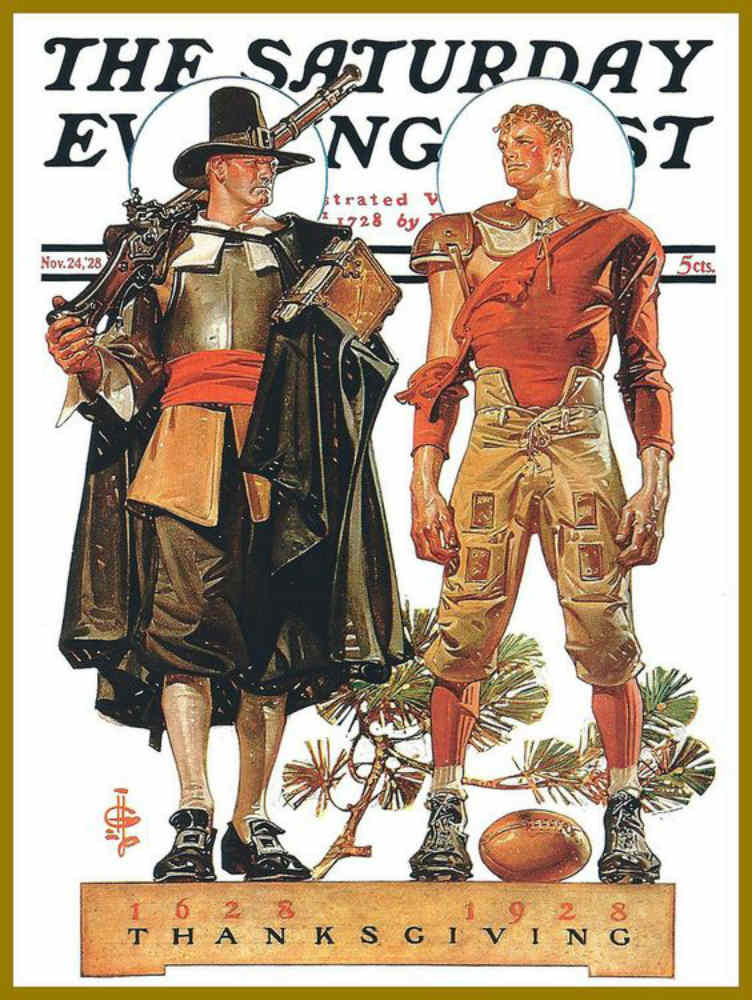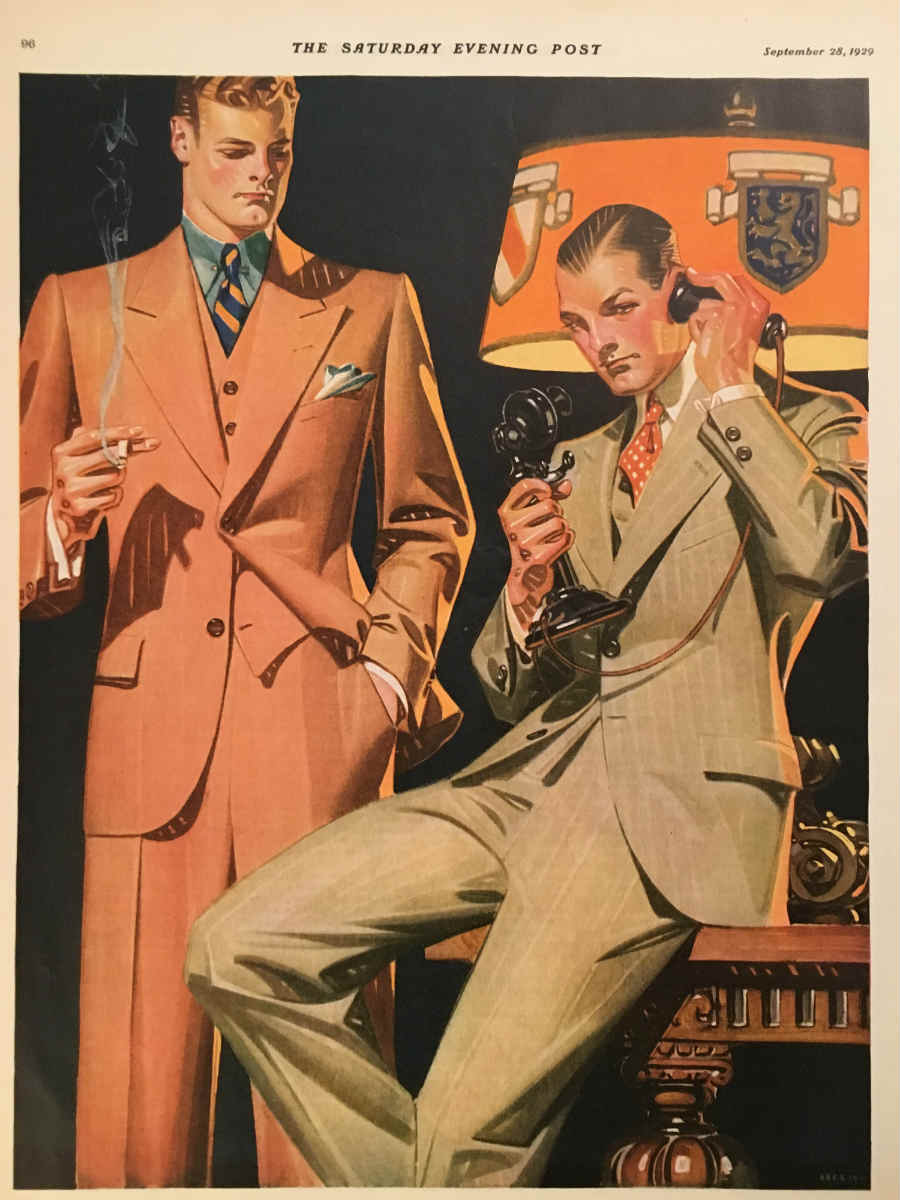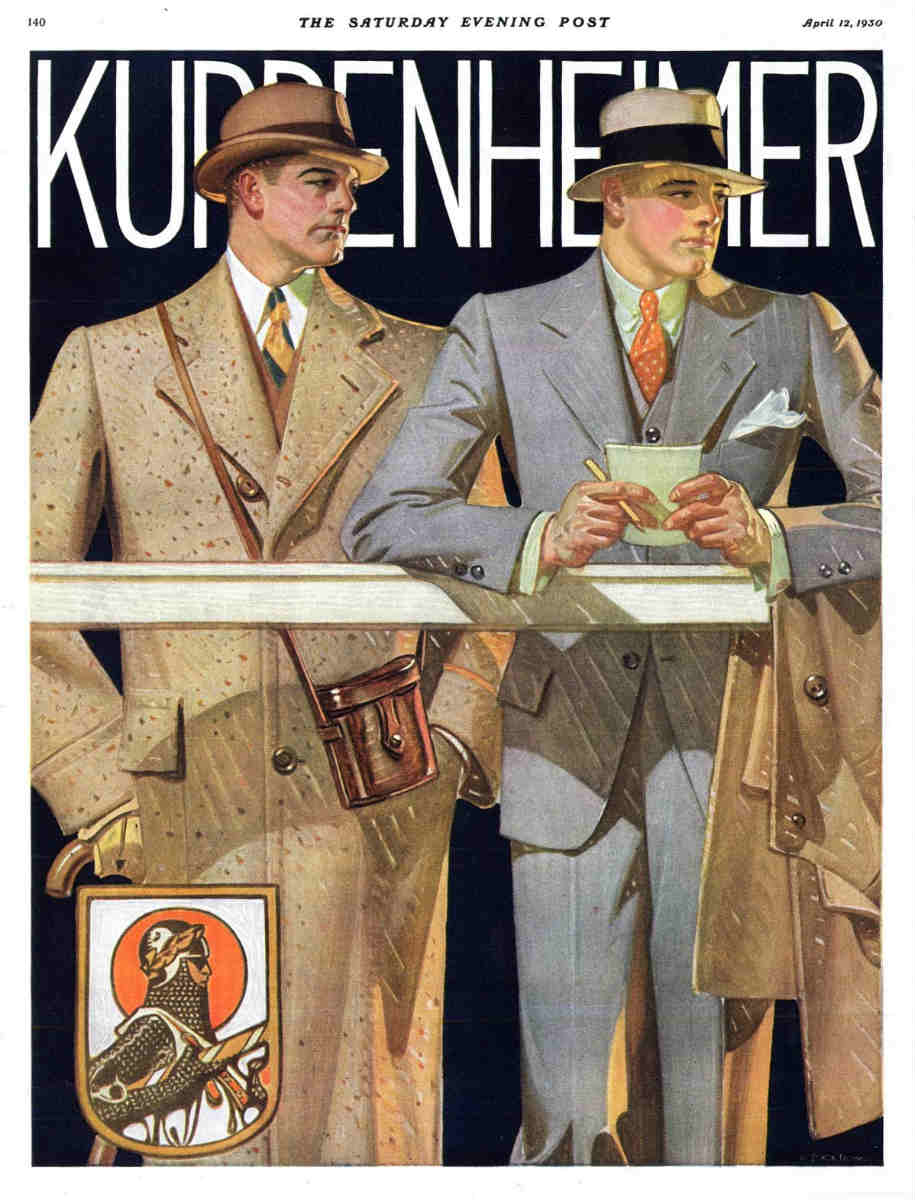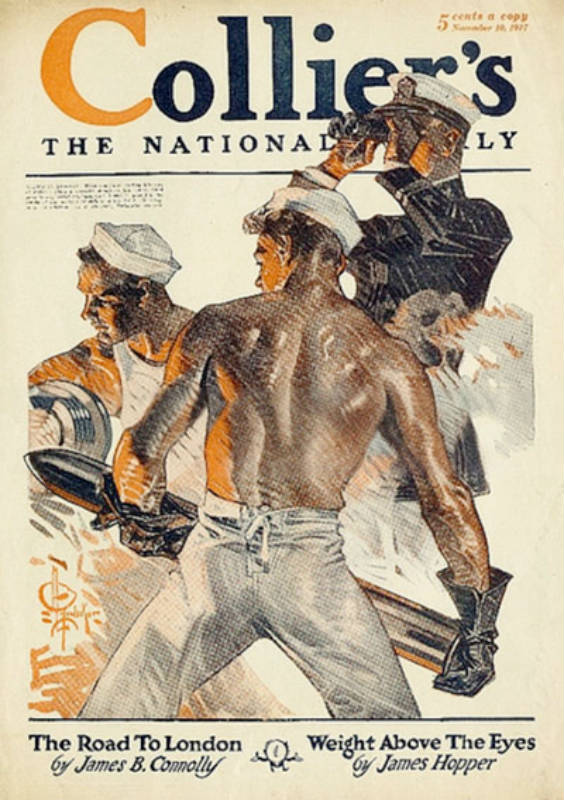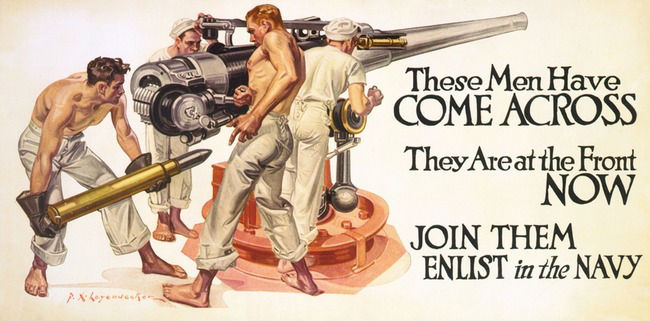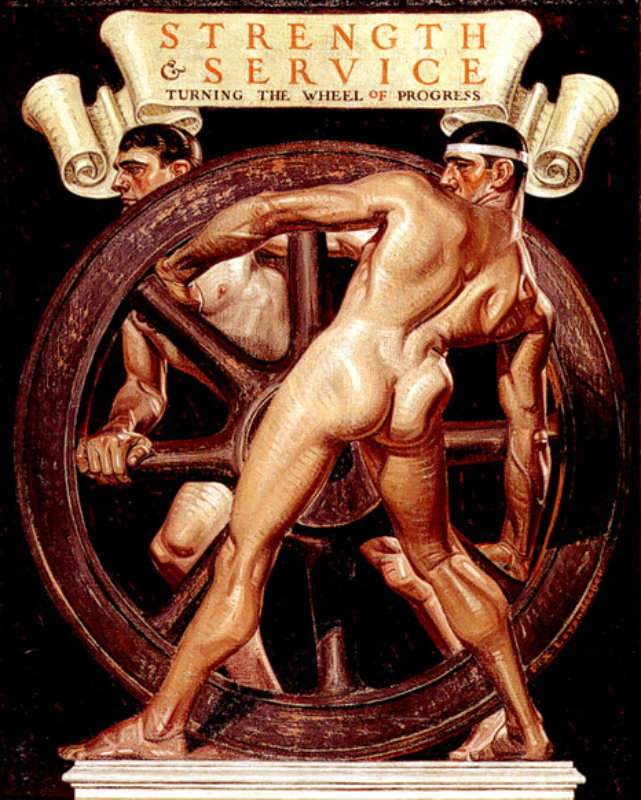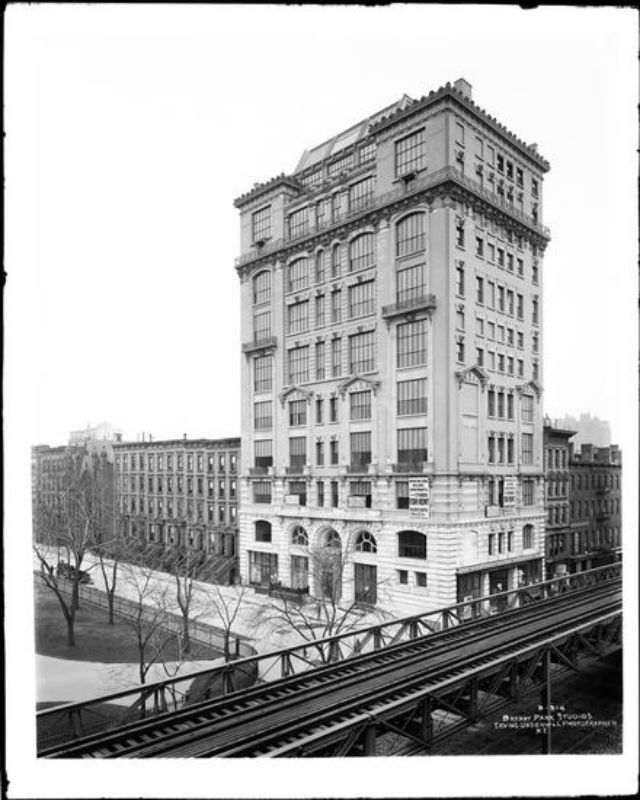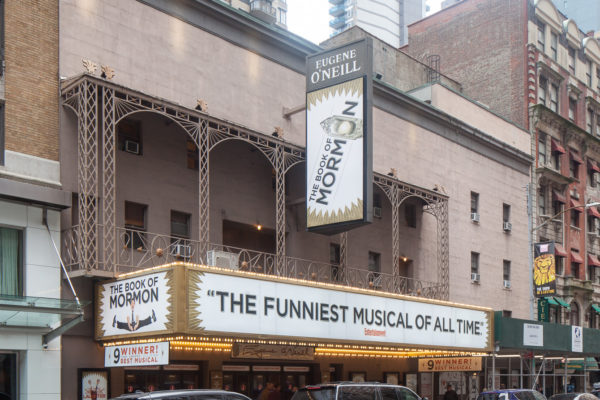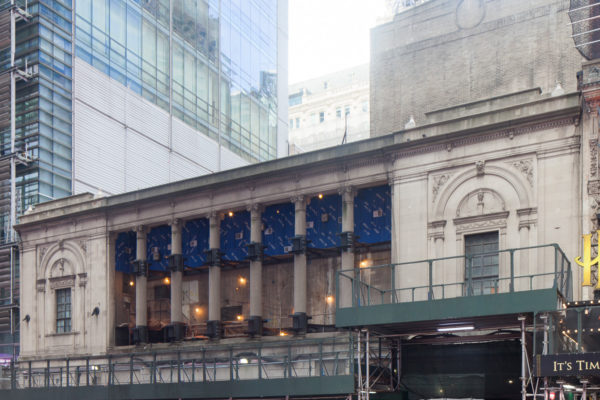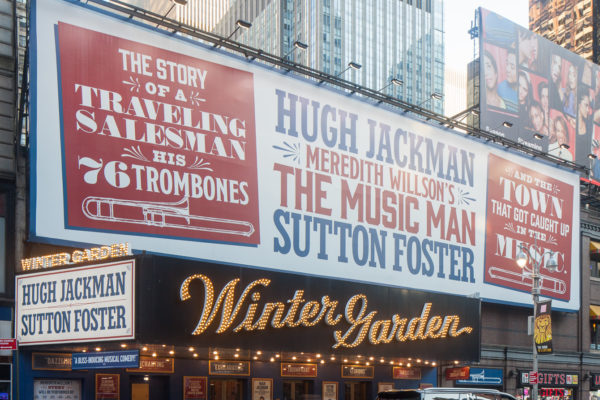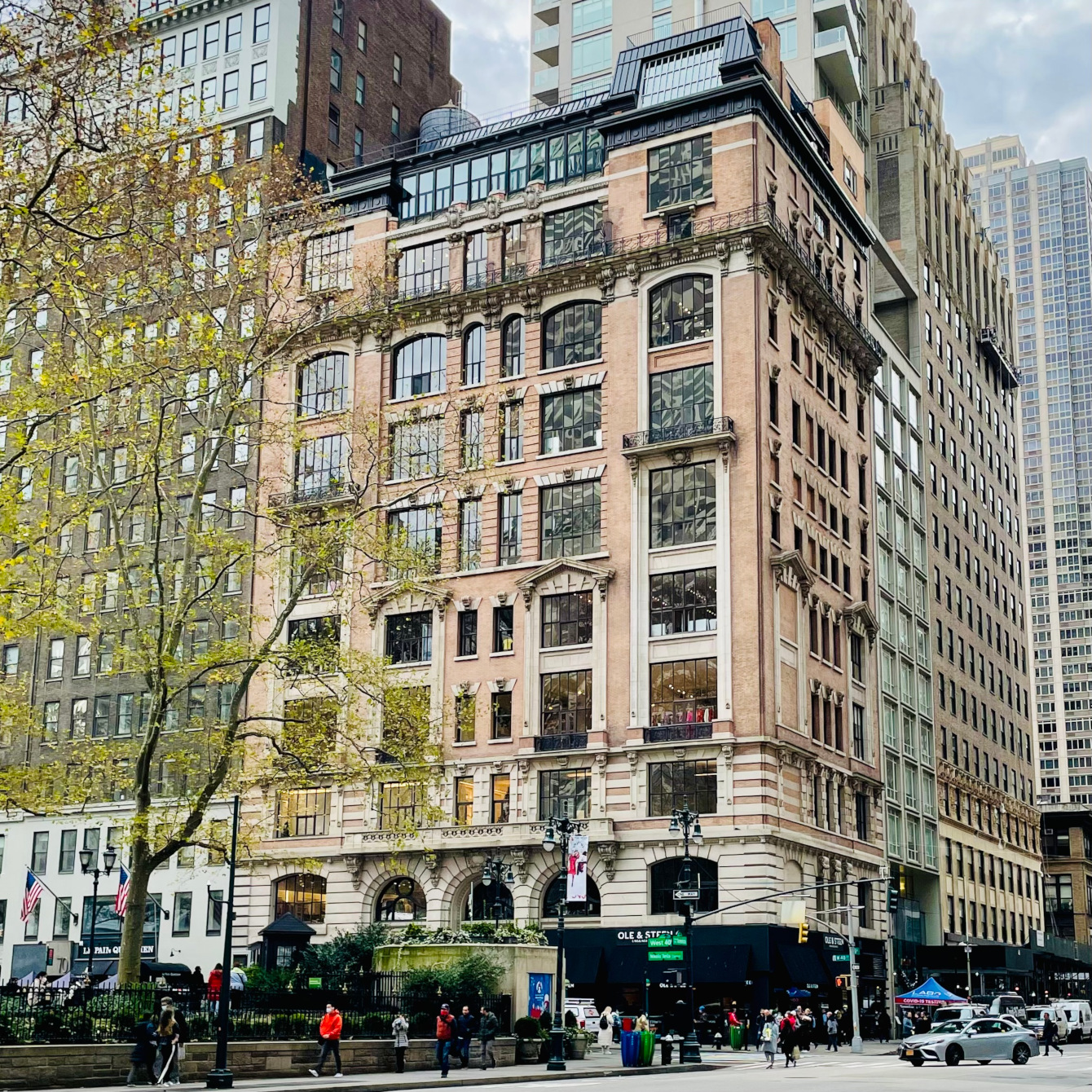
J.C. Leyendecker Studio at Bryant Park Studios
overview
Renowned American commercial illustrator J. C. Leyendecker, best known for his Arrow collar ads and his Saturday Evening Post covers, occupied a studio in the Bryant Park Studios with his partner Charles Beach for about a decade beginning in 1910.
J.C.’s brother F. X. Leyendecker, who was also a successful illustrator, used the studio as well.
On the Map
VIEW The Full MapHistory
J.C. Leyendecker (born Joseph Christian Leyendecker; 1874-1951), among the preeminent American illustrators and commercial artists, rented space at the Bryant Park Studios for about ten years, beginning in 1910. He worked in the studio and his partner, Charles Beach (1886-1952), lived there. Leyendecker, known to the public as J.C., was born in Germany and came to Chicago as a child. His art education was undertaken in Chicago and at the Académie Julian in Paris, where he studied alongside his brother F.X. Leyendecker (born Francis Xavier Leyendecker; 1876-1924). In 1900, J.C. and F.X. moved to New York. Within a few years, J.C. met Beach, who Norman Rockwell later described as “tall, powerfully built, and extraordinarily handsome – looking like an athlete from one of the Ivy League colleges.” The details of their relationship are not known, but they lived together for 48 years. At first J.C. lived in a rowhouse in Greenwich Village, moving in 1910 to New Rochelle, and Beach stayed at the Bryant Park Studio, with J.C. frequently staying the night at the studio as well. In 1916, Beach moved into J.C.’s large suburban house.
Beach became the model for many of J.C.’s most famous illustrations, especially those for men’s fashions. J.C. is best known as the artist who created the Arrow Collar Man, the hugely successful manly icon that resulted in Cluett, Peabody & Co. dominating the collar and, later, the shirt industry. Few people knew that the handsome man portrayed in many of these ads was Leyendecker’s partner (J.C. used other models as well). J.C. created idealized images of young, white, collegiate men, often dressed elegantly and frequently attending or participating in sporting events. He was among the first commercial artists to market a particular lifestyle for his clients. Many of J.C.’s advertising images are clearly homoerotic, not only those for Arrow collars, but notably his work for another major client, Kuppenheimer men’s clothing, and also images for Ivory soap, Chesterfield cigarettes, and other products. Illustration historian Roger T. Reed notes that “Kuppenheimer and Arrow were top brands with big budgets…. [Leyendecker] began the Kuppenheimer campaign with a parade of men in suits but then began to incorporate the nice suits into plausible scenes of carefree young men, emphasizing collegiate sports.” He continues:
By evolving a youthful, virile atmosphere, J.C. built the foundation for today’s advertising – selling of lifestyle.
J.C. is also famous for his magazine covers, designing 322 for the Saturday Evening Post alone, where he invented the baby as a symbol of New Year’s, popularized flowers as a Mother’s Day gift, and created other iconic holiday images.
Less is known about F.X. Leyendecker, also a talented commercial artist, who died relatively young, probably from alcohol and drug abuse. F.X. also created a number of homoerotic advertisements, notably one for a short-lived Chevrolet magazine and another for the U.S. Navy.
The Bryant Park Studios, sometimes referred to as the Beaux-Arts Building, is one of several artist’s studio apartment houses erected in New York City at the turn of the 20th century. It has large windows looking onto Bryant Park, assuring unobstructed north light to the double-height studios. Modest duplex residential accommodations were located to the rear.
Entry by Andrew S. Dolkart, project director (January 2018).
NOTE: Names above in bold indicate LGBT people.
Building Information
- Architect or Builder: Charles A. Rich
- Year Built: 1900-01
Sources
“JC Leyendecker” and “FX Leyendecker,” National Museum of American Illustration, bit.ly/2Cttw9l and bit.ly/2Cuj7Kx.
Laurence S. and Judy Goffman Cutler, J.C. Leyendecker: American Imagist (New York: Abrams, 2008).
Michael Schau, J.C. Leyendecker (New York: Watson-Guptill, 1974).
Virginia Kurshan, Bryant Park Studios Designation Report (New York: Landmarks Preservation Commission, 1988).
Roger Reed, “J.C. Leyendecker,” exhibition brochure (Stockbridge: Norman Rockwell Museum, 1998). [source of pull quote]
Do you have more information about this site?
This project is enriched by your participation! Do you have your own images of this site? Or a story to share? Would you like to suggest a different historic site?
